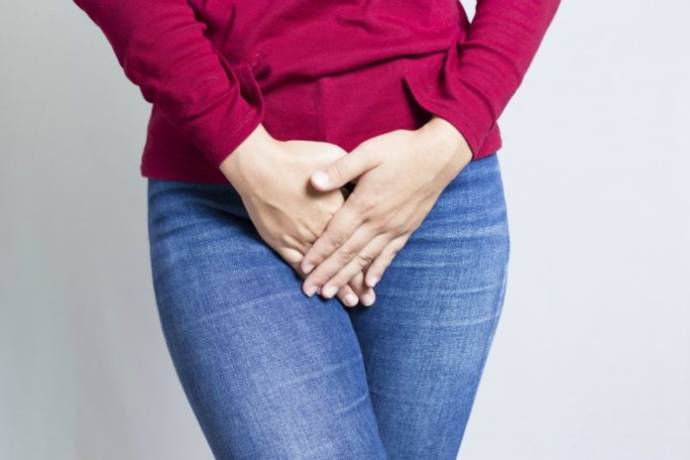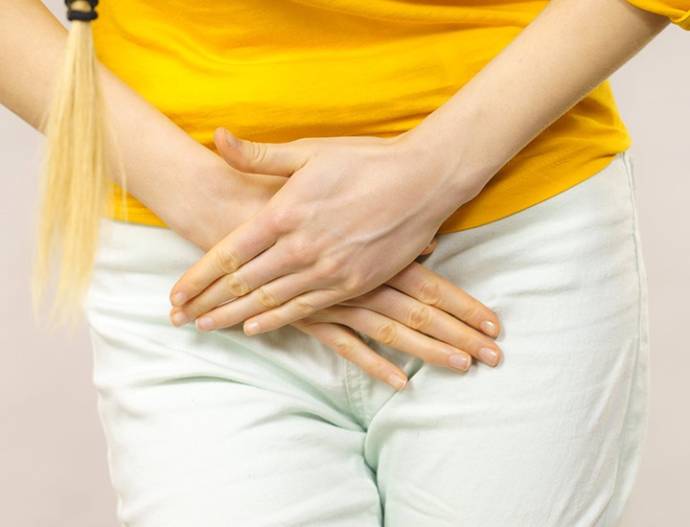Candidiasis is a fungal infection and is caused due to Candida. Symptoms include rashes, irritation, joint pain, and fatigue. Diagnosis is different for different types of candidiasis. Untreated candidiasis may cause septic shock as well as pregnancy complications.
Types
Following are the types of candidiasis:
- Oral thrush: This is the type of candidiasis found in the oral cavity. This condition is caused by Candida albicans. It is to be noted that this species is present in almost 50% population as a part of oral microflora. This condition is caused when it becomes pathogenic. Symptoms include a burning sensation and metallic taste in the mouth.
- Esophagitis: This is the condition caused when the oral thrush spreads to the esophagus. This condition is generally found in those patients who have compromised the immune system and esophageal mobility disorder. This condition leads to the breakdown of normal mucosal barriers and also causes difficulty and painful swallowing.
- Deep candidiasis: This is a serious condition characterized by the presence of fungal infection in the blood. The symptoms include fever and chills which are unresponsive to antibiotic treatment. The condition also leads to septic shock and causes rapid heart rate, rapid breathing, and hypotension i.e. low blood pressure. The infection from the blood may spread to other parts of the body including the nervous system, kidney, heart, liver, and bones.
- Vaginal yeast infection: Vaginal flora comprises a balance between the yeast and bacteria. When there is an imbalance, yeast cells rapidly multiply causing infection. The symptoms include itching and irritation. Other symptoms include rashes, pain during sex, and burning sensation during urination.
- Cutaneous candidiasis: This condition is due to the growth of fungus on the skin. The condition is generally found in the skin folding where the chances of fungal growth are high such as armpits and groins.
Causes
- Poor hygiene
- Tight fitting clothes
- Diabetes and obesity
- Chronic use of antibiotics
- Prolong corticosteroid therapy
- Improper drying of the skin
- Weaker immune system
Symptoms
- Rashes
- Itching and irritation
- Burning sensation
- Tiredness and fatigue
- Septic shock in serious infections
- Recurring urinary tract infection
- Joint pain
- Poor digestive health
- Pain during sex in case of vaginal infection
- Discomfort
Ways to diagnose
Different diagnostic techniques are used to diagnose different types of candidiasis.
- Diagnosis of vaginal candidiasis: Vaginal candidiasis is caused due to a high number of yeasts present in the vaginal fluid. The physical examination of the vagina cannot be able to conclusively diagnose the infection as there are various diseases of the genital tract that have the symptoms similar to vaginal candidiasis. For diagnosis of this infection, vaginal fluid is taken and is analyzed under the microscope. Presence of a higher number of Candia species confirms candidiasis. The sample as vaginal swab is taken through a cotton bud and placed on the microscope after diluting it with potassium hydroxide.
- Diagnosis of oral thrush: Diagnosis of oral thrush can be done through physical evaluation, as the patient has characteristic oral thrush lesions. Further, the scraping o the mouth can be taken to analyze under the microscope.
- Diagnosis of esophageal candidiasis: Esophageal infection is diagnosed through physical evaluation and endoscopy. The doctor will evaluate the lesion in the esophagus by inserting a tube having a camera at the tip.
- Diagnosing Systemic infection: The systemic candidiasis can be diagnosed by performing a test for infection in the blood.
Risks if neglect
Following are the complications with u treated candidiasis:
- Recurrent infection: The common complication of yeast infection is another yeast infection. Various studies have included that a patient suffering from chronic yeast infection is at higher risk of contracting another yeast infection within one year from the treatment of prior infection.
- Septic shock: Deep candidiasis or systemic candidiasis is a severe form of infection and may lead to septic shock. The infection is unresponsive to antibiotic therapy and causes fever and chills. Septic shock is characterized by a rapid heart rate. Low blood pressure and increased breathing rate. Further, the infection has the potential to spread in liver, kidney, heart, and brain.
- Pregnancy complications: Some women may experience pregnancy complications such as preterm labor and premature rupture of membranes.
Stages
Stages of the candidiasis are divided on the basis of severity of symptoms.
- Stage 1: This stage is characterized by the presence of rashes, eczema, allergy and sinus problems.
- Stage 2: During this stage, patient experiences weight loss, headache, dizziness, and fibromyalgia.
- Stage 3: The symptoms experienced by the patient at this stage include dementia, confusion, brain fog, and seizures.
- Stage 4: This is a sever stage and the organ and the systems start failing in this stage. If this stage is not immediately managed, the patient may die.
Foods to eat and avoid
Foods to eat:
- Probiotics
- Aloe Vera
- Pomegranate
- Curcumin
- Coconut oil
- Citrus fruits such as lime and lemon
- Avocado
- Olives
- Almonds
Foods to avoid:
- Bananas
- Mangoes
- Wheat
- Barley
- Soybean oil
- Foods containing artificial sweeteners such as aspartame
- Caffeinated drinks
- Peanuts
- Milk and cheese
Prevention tips
- Limit the quantity of alcohol and avoid smoking.
- Maintain good oral hygiene.
- Reduce the intake of sugar.
- Wipe your body completely after bathing or swimming.
- Wear loose-fitting clothes that allows air to freely move.
- Incorporate probiotics into your diet.
When to see a doctor
Derek an appointment with your doctor if:
- You have itching and rashes in the genital tract.
- You have a metallic taste in your mouth.
- You feel pain during swallowing.
- You have skin redness and irritation, especially on the folded skin.
- You have symptoms that are the cause of concern.
Do’s & Don’ts
Do’s
- Maintain a healthy diet.
- Wear clothes made of natural fibers.
- Maintain proper hygiene.
- Dry yourself completely after swimming or bathing.
- Do not ignore any itching or irritation on the skin.
Don’ts
- Avoid smoking.
- Limit alcohol intake.
- Avoid caffeinated drinks.
- Avoid artificial sweetener.
- Do not create a damp or humid environment.
Risks for specific people
Immunocompromised people with esophageal mobility disorder are more prone to esophageal fungal infection. The person having poor oral hygiene are at higher risk for developing oral thrush. People with diabetes are more prone to candidiasis. Pregnant women and women using oral contraceptives are significantly at higher risk for developing this condition.





